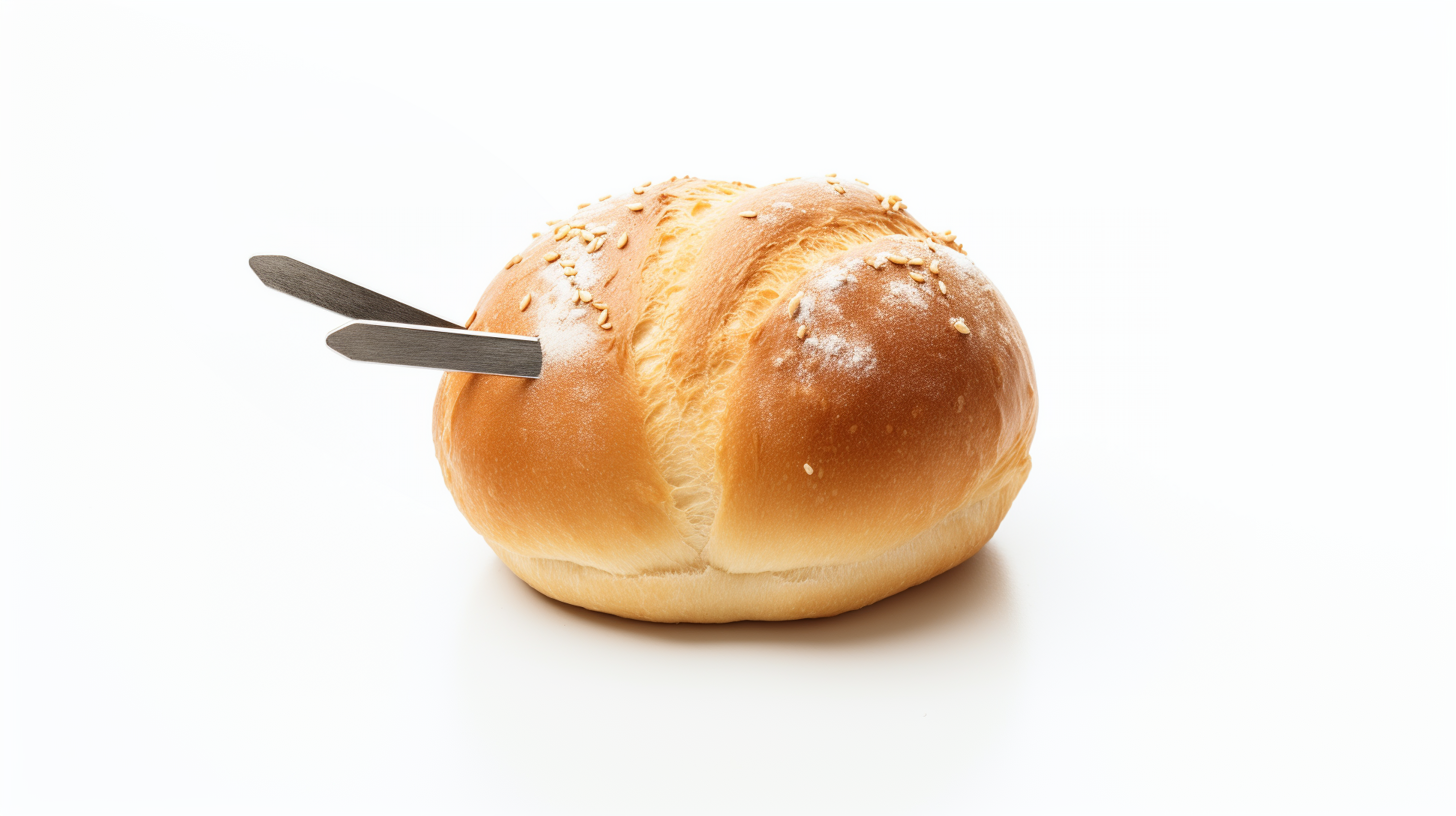IFFA 2019 – Hot Topic: Food Safety
Technologies for Safer Food
From 4 to 9 May 2019, leading international companies will be presenting their latest technologies at IFFA and providing information about the most important trends and developments in the meat-processing industry. Of central importance are, above all, solutions designed to ensure greater food safety.
In the run-up to the trade fair, we interviewed Richard Clemens, General Manager of the Food and Packaging Machinery Division of the Association of German Machine and Plant Manufacturers (Verband Deutscher Maschinen und Anlagenbau – VDMA), about food safety issues.
The manufacture of safe and hygienically acceptable products is a matter of top priority in the butchering and meat processing trades. Year on year, recalls of foodstuffs are on the increase in this industry too. Where do most of the dangers spring from?
Micro-biological contamination, foreign bodies, inadequate labelling, together with violations of limits with regard to controlled and banned ingredients are, according to the German Federal Office of Consumer Protection and Food Safety (BVL), the most common sources of complaint. Subsequent investigations have almost always thrown up the same picture, namely that the causes can be overwhelmingly traced back to human negligence, less frequently to technical failure. And, unfortunately, there are black sheep in every sector, who deliberately flout the legal regulations with thoroughly criminal energy, in order to gain advantage for their business. In effect it amounts to food fraud.
How can we exclude the risks of microbiological contamination – or at least reduce them?
The meat-processing industry remains heavily dependent on manual handling. As a result, people continue to be the greatest hygiene risk as far as the transmission of germs throughout the value-creation chain is concerned. Principally in areas where there is direct contact between the workforce and the products. An important step towards greater food safety, therefore, is to replace manual activity with automated processes as extensively as possible. One example of this is the fully automated portioning and insertion of fillets, steaks and cold cuts into the packaging by means of dispensing units and industrial robots.
Reducing human input into the process is one approach. What technical measures can be taken, in addition, to avoid contamination of meat and sausage products from microbial germs?
First and foremost, consistently applied hygienic design of appliances, apparatus, machines and plant is absolutely crucial in maintaining hygiene. The basis for this is formed in statutory regulation, such as the machinery guidelines and food hygiene regulations, as well as the recommendations in the guidelines set out by the EHEDG [European Hygienic Engineering & Design Group]. These prescriptions are aimed at essentially constructive measures. It is all about avoiding dead spaces, undercuts, depressions and crevices, because that is where the remains of products are most likely to collect and provide the ideal breeding ground for microbial infestation. Hygienic Design is, however, also about making machinery and plant cleaner-friendly, so that they can be cleaned more easily, more thoroughly, more quickly and in a way that is more sparing of resources. It also involves ensuring that cleaning materials and disinfectants can drain off unhindered.
Foreign bodies in food are also often the cause of recalls. To what extent can these be prevented with the technologies that are available today?
Contamination with foreign bodies in meat and sausage products can occur anywhere along the entire production chain. From a broken knife in the cutting room, for instance, or an overlooked screw or sealing gasket during unplanned maintenance or repair work. Other sources of this kind of contamination are material failure and bits of the machinery or plant breaking off as a result of wear. Foreign bodies can be picked up by means of an inspection system with, say, metal detectors or X-ray equipment. Metal detectors are an efficient and cost-effective way of picking out ferrous and non-ferrous metals, as well as plastics or plastic film containing metallic powder, in both food and packaging. More frequently than metallic foreign bodies, however, it is things like stones, glass, bone or plastics that appear in products. And this is where X-ray technology can be used, as it offers a broad spectrum of tests for almost all types of foreign body. Used in combination with weight checks, it is possible to monitor several criteria at the same time in both packaged and unpackaged foodstuffs. So that, as well as contamination through glass, stone, ceramic or metal particles, aberrations with regard to completeness, weight and adequate quantity or correct shape can also be identified. In practice, we link both monitoring systems to a rejection system, in order to remove contaminated or deficient products from further processing stages automatically. Constant documentation of the data that results from checks and measurements constitutes a major step in the direction of traceability and a valuable aid to identifying the source of faults in the production process and putting in place appropriate remedial action.
But all these measures do not protect us against food fraud. How can manufacturers ensure greater food safety and authenticity in this area?
That requires an extensive catalogue of measures. Over and above the requirements for self-monitoring outlined above, a universal, digitalised, tamper-proof traceability system needs to be put in place. Furthermore, we need to establish regularly documented assessments of any weak points, together with risk analyses specifically with regard to dangers posed by food fraud. These need to be implemented along the entire value-creation chain from raw material to end product, in conjunction with the appropriate HACCP concepts. This also requires very close cooperation, based on a relationship of trust, with official bodies, testing and certificating bodies, as well as research institutions. Another component of the guarantee of greater food safety and protection from food fraud is technological analysis. Traditional analytic procedures are too complicated, laborious and, above all, time-consuming. The fight against food fraud, on the other hand, demands flexible, sufficiently accurate and above all rapid testing methods that are mobile and can be used continually in-line. One example of this is non-invasive NIR spectroscopy. Quality and identity of goods delivered can be monitored in a few seconds as they are checked in, even with products packaged in glass or trays.





























































